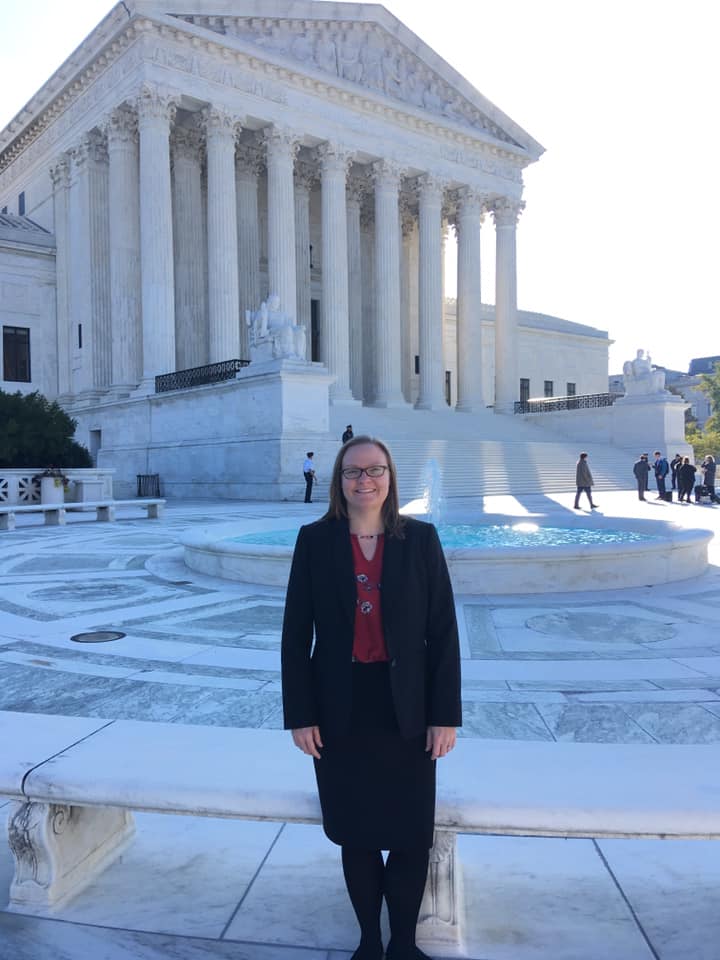Happy Friday! I spent last week in Washington, DC for our American Agricultural Law Association Conference. It was a great event and, to top it off, I was able to attend oral argument at the United States Supreme Court in County of Maui v. Hawaii Wildlife Foundation, a water law case I’ve been closely watching. It was a bit like going to to the Super Bowl for an ag law nerd like me! On Thursday, I’ll have a podcast all about the oral argument from several of us who attended.

Here are a few ag law stories in the news over the past couple of weeks.
* Deadline to sign up for 2020 PRF Insurance coverage is today. Today is the last day to enroll in the Pasture, Range, Forage insurance program, more commonly referred to as “PRF” or “rainfall insurance.” This can be a great risk-management tool for rangeland owners. To learn more, listen to this prior podcast episode all about PRF insurance or contact your crop insurance agent.
* Family Law Issues in Agriculture Factsheets published. My friend and TAMU alum, Cari Rincker, recently published a series of fact sheets related to family law. From estate and succession planning to pre- and post-nuptual agreements to child custody, visitation, and support, to animal law issues, Cari covers it all! [Download factsheets here.]
*IRS announces estate/gift tax limits for 2020. The IRS recently announced that the estate and gift tax limits for 2020 will be $11.58 million/person (up from $11.4 million for 2019). The increase occurs due to an annual inflation adjustment. Last year, the federal tax reform law set the exemption at $10 million/person (adjusted for inflation) through 2025. There are a number of considerations necessary when making estate plans or deciding how and when to gift, so I always recommend visiting with an attorney and accountant before doing so. [Read article here.]
*Interesting article about legal issue surrounding pore space. Forbes recently posted an interesting article highlighting an open legal question here in Texas: Who owns the underground pore space beneath land? Texas has never explicitly resolved who owns the pore space of land with a severed mineral estate. Does it belong to the surface owner or the mineral owner? As the article explains, this is important because of the potential need for pore space for carbon capture and storage. [Read article here.]












